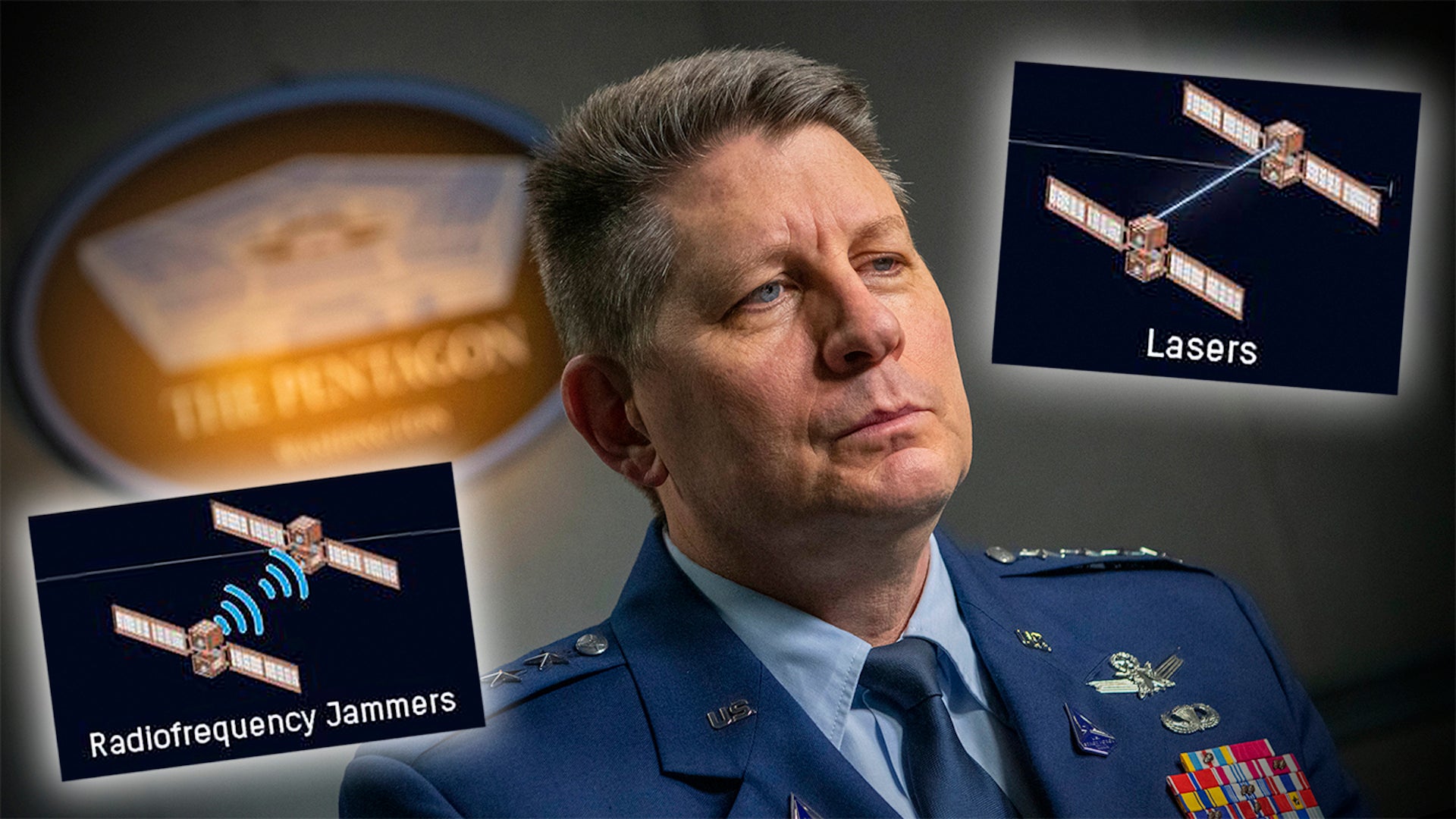U.S. Space Force’s General David Thompson, the service’s second in command, said last week that Russia and China are launching “reversible attacks,” such as electronic warfare jamming, temporarily blinding optics with lasers, and cyber attacks, on U.S. satellites “every single day.” He also disclosed that a small Russian satellite used to conduct an on-orbit anti-satellite weapon test back in 2019 had first gotten so close to an American one that there were concerns an actual attack was imminent.
Thompson, who is Vice Chief of Space Operations, disclosed these details to The Washington Post‘s Josh Rogin in an interview on the sidelines of the Halifax International Security Forum, which ran from Nov. 19 to 21 in Halifax, Nova Scotia, in Canada. The forum opened just four days after a Russian anti-satellite weapon test involving a ground-launched interceptor, which destroyed a defunct Soviet-era electronic intelligence satellite and created a cloud of debris that presents a risk to the International Space Station (ISS). That test drew widespread condemnation, including from the U.S. government, and prompted renewed discussion about potential future conflicts in space.
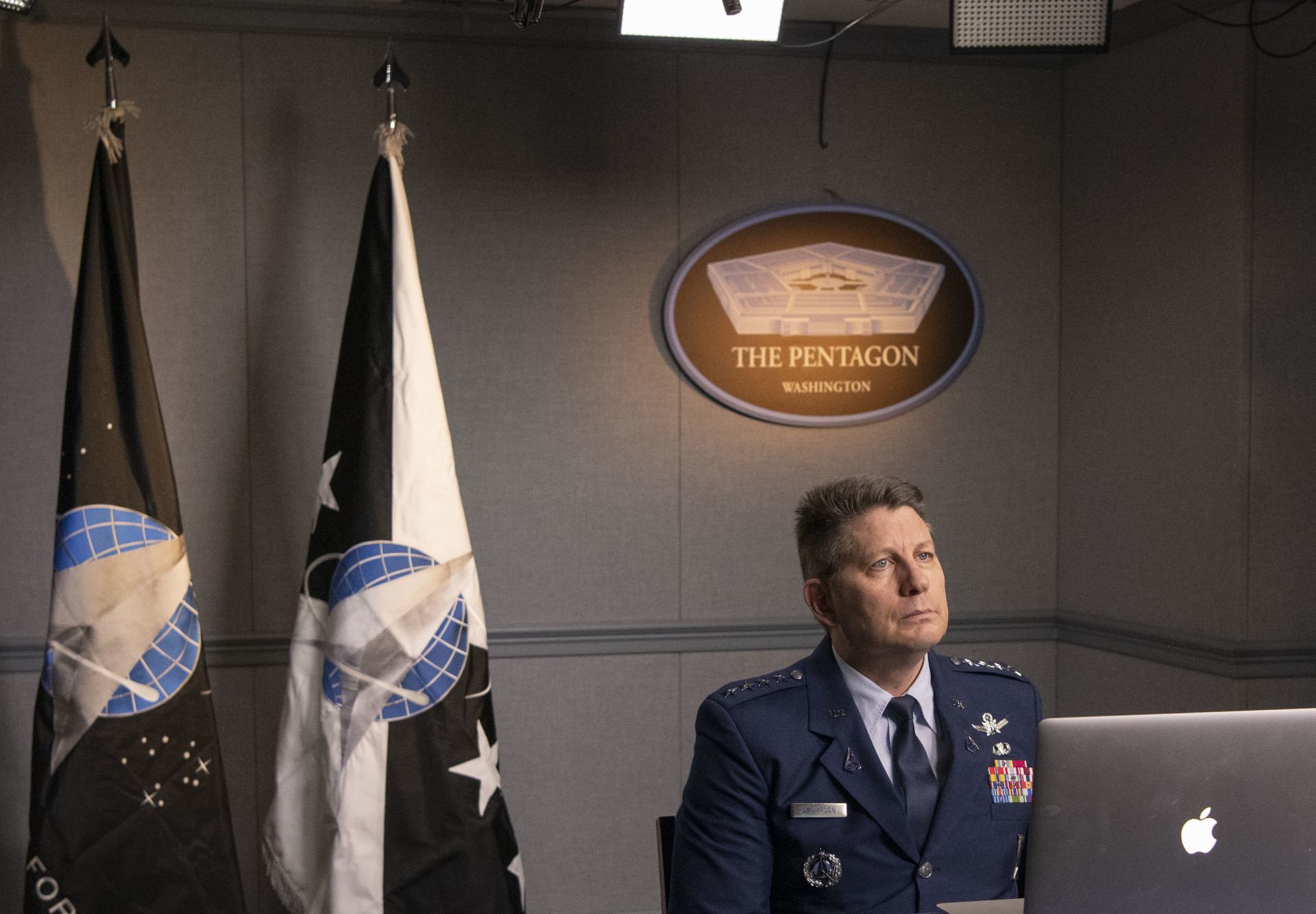
“The threats are really growing and expanding every single day. And it’s really an evolution of activity that’s been happening for a long time,” Thompson, told Rogin. “We’re really at a point now where there’s a whole host of ways that our space systems can be threatened.”
“Right now, Space Force is dealing with what Thompson calls ‘reversible attacks’ on U.S. government satellites (meaning attacks that don’t permanently damage the satellites) ‘every single day,'” according to Rogin. “Both China and Russia are regularly attacking U.S. satellites with non-kinetic means, including lasers, radio frequency jammers, and cyber attacks, he said.”
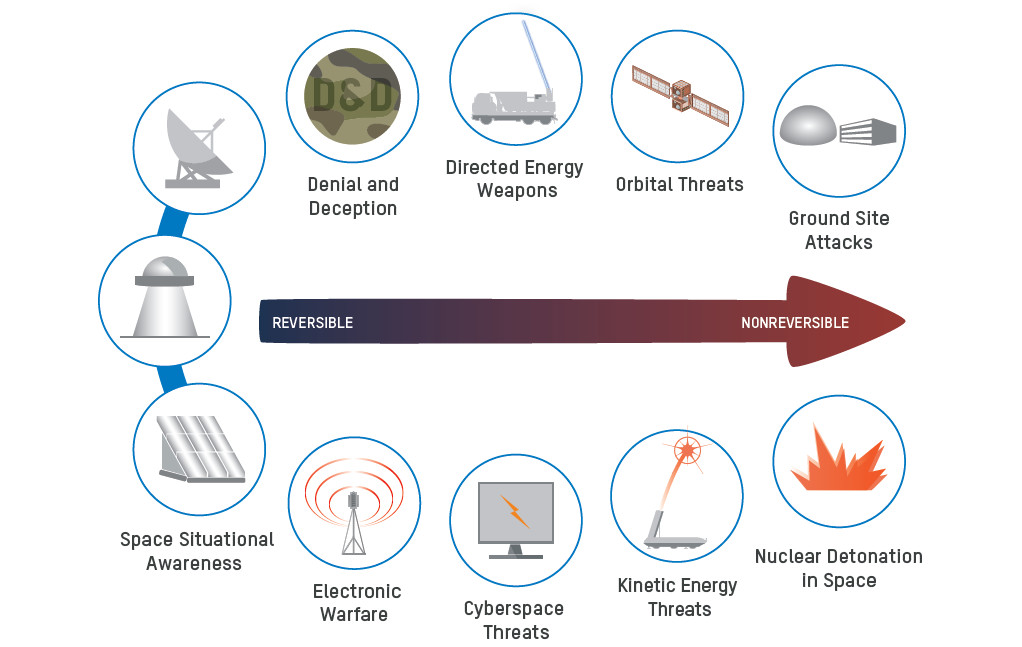
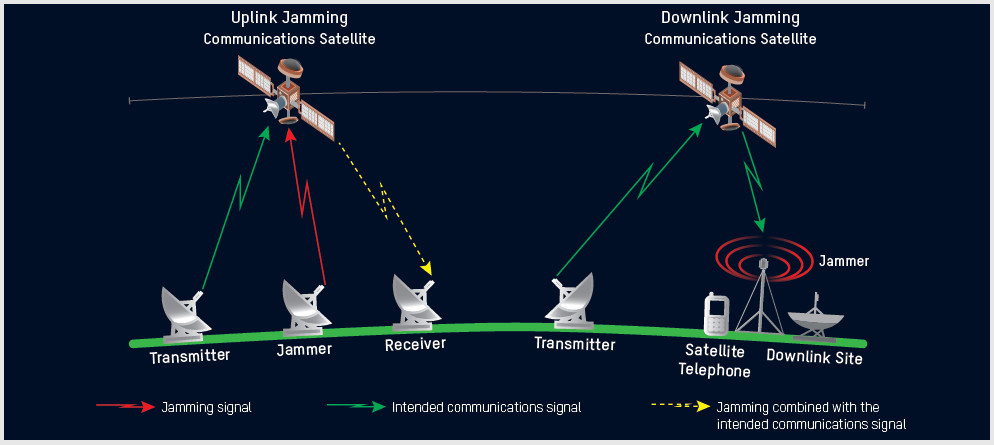
This is not the first time American officials have publicly accused a foreign power of conducting a “reversible attack” on a U.S. satellite. In 2006, the National Reconnaissance Office (NRO), the U.S. government’s top satellite intelligence arm, confirmed that a spy satellite had been “illuminated” by a ground-based Chinese laser. “It was a test … It makes us think,” then-NRO Director Donald Kerr said at the time, adding that there had been no impact to the satellite’s intelligence-gathering capabilities in that instance.
Thompson’s assertion that these kinds of attacks are occurring with extreme frequency is new. It underscores the rapid development and fielding by Russia and China, among others, of a wide variety of anti-satellite capabilities, something the U.S. military has called increasing attention to in recent years.
“The Chinese are actually well ahead [of Russia],” Thompson told Rogin. “They’re fielding operational systems at an incredible rate.”
The systems that Russia and China are known to be developing or have already fielded include destructive and non-destructive types that are deployed from Earth, such as ground-based jammers, lasers, or interceptors, as well as small “killer satellites” positioned in orbit. A killer satellite able to maneuver close to its target could use various means to try to disable, damage, or even destroy it, such as jammers, directed energy weapons, robotic arms, chemical sprays, and small projectiles. It could even deliberately smash into the other satellite in a kinetic attack.

In 2019, a small Russian satellite released a projectile in one on-orbit anti-satellite weapon test. Thompson provided new details about this incident in his interview with Rogin, saying Russia’s satellite had first got in very close to a U.S. ‘national security satellite’ and that “the U.S. government didn’t know whether it was attacking or not.”
“It maneuvered close, it maneuvered dangerously, it maneuvered threateningly so that they were coming close enough that there was a concern of collision,” Thompson said. “So clearly, the Russians were sending us a message.”
In January 2020, another small Russian satellite closely shadowed a U.S. spy satellite, something that also elicited statements of concern from the U.S. government.
Beyond the clearly very serious implications of the 2019 incident itself, the Vice Chief of Space Operations’ comments underscore the challenges the U.S. military and the rest of the U.S. government face in deterring hostile actors or actually responding to acts of aggression in space. In recent years, American officials have increasingly pointed to the policy and other problems caused by the extreme secrecy that surrounds U.S. military activities, as well as those conducted by the U.S. Intelligence Community, outside the Earth’s atmosphere.
In another prime example of the secrecy issue, when asked, Thompson could not confirm or deny whether any American satellites had actually been damaged in a Russian or Chinese attack. Beyond that, he told Rogin that even if such a thing had occurred, that very fact would be classified.
What Space Force’s second in command could say adds new context and weight to a series of often vague comments from various U.S. Air Force officials back in 2019. Space Force was formally established as a separate branch within the Department of the Air Force in December of that year.
“There may come a point where we demonstrate some of our capabilities so that our adversaries understand they cannot deny us the use of space without consequence,” then-Secretary of the Air Force Heather Wilson had said at the Space Foundation’s 35th annual Space Symposium in April 2019.

“That capability needs to be one that’s understood by your adversary,” she added. “They need to know there are certain things we can do, at least at some broad level, and the final element of deterrence is uncertainty. How confident are they that they know everything we can do? Because there’s a risk calculation in the mind of an adversary.”
“It’s not enough to stand in the ring and take punches,” then-U.S. Air Force Chief of Staff General David Goldfein said at the same event. “You have to have the will and capability to punch back.
“You would have to be careful about what we declassify, but there is much more classified than what needs to be,” Barbara Barrett, who became Secretary of the Air Force in October 2019 after Wilson stepped down, said later that year. “The lack of an understanding really does hurt us in doing things that we need to do in space.”

“There isn’t a constituency for space even though almost everyone uses space before their first cup of coffee in the morning,” Barrett had added at that time, highlighting the U.S. military’s heavy reliance on a wide variety of space-based capabilities. These include early warning, intelligence-gathering, navigation and weapon guidance, communications and data-sharing, and more.
Even reversible attacks against any of this space-based infrastructure could have major impacts on the U.S. military’s ability to effectively conduct combat operations. The U.S. military has been very open about its efforts to develop and field new and improved space-based capabilities, as well as explore new concepts, such as distributed constellations of smaller satellites and ways to rapidly deploy new systems into orbit, to help reduce vulnerabilities to anti-satellite attacks, in general.
Details about the U.S. military’s own so-called “counter-space” capabilities, on the other hand, are extremely limited, as its ability to conduct what it has termed “orbital warfare.” To date, the only publicly acknowledged offensive counter-space weapon it has is a variant of the Counter Communications System (CCS). At present, Space Force operates the Block 10.2 version of the CCS, but a Block 10.3 type is now in development that is reportedly “more modular and scalable,” according to Janes. Official budget documents released last year revealed that the Block 10.3 system is one that had previously only been identified by the nickname Meadowlands.
In announcing that L3 Harris Technologies had received a contract worth nearly $120.8 million to upgrade existing Block 10.2 systems on Oct. 22, 2021, the Pentagon did publicly state that they offer “a ground-based, deployable electronic warfare capability to reversibly deny satellite communications, early warning, and propaganda.” That same contracting notice revealed that there are “16 Counter Communications Block 10.2 fielded systems which currently operate at Peterson Space Force Base, Colorado; Vandenberg Space Force Base, California; Cape Canaveral Space Force Station, Florida; and classified deployed locations outside the continental U.S.”
However, U.S. officials have at least strongly implied that the U.S. military’s offensive counter-space capabilities are not limited to CCS.
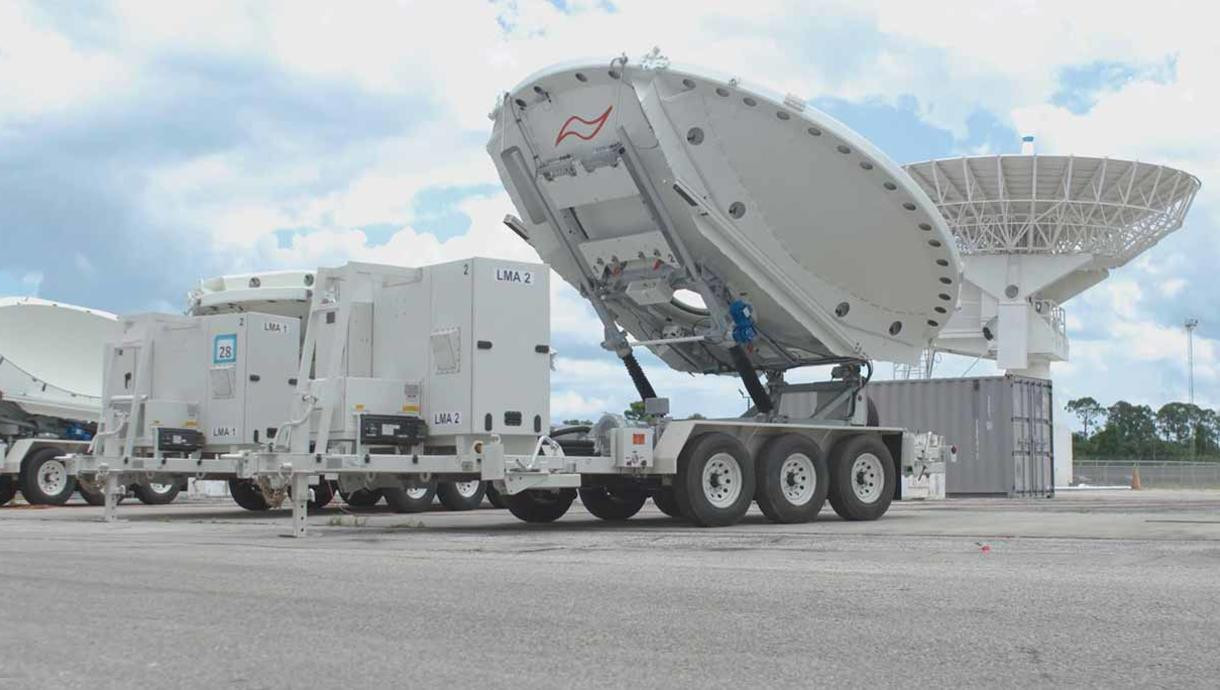
At the end of the day, what this means is that the U.S. government is faced with a serious predicament when it comes to warning off adversaries in space and otherwise protecting critical assets in orbit, including ones the very existence of which are classified.
“It’s really difficult to go ahead and justify how you might attack somebody’s homeland if they’ve taken out a satellite that you don’t even admit exists,” Douglas Loverro, then-Deputy Assistant Secretary of Defense for Space Policy, said during a talk in 2016 in what remains one of the most succinct descriptions to date of the core issues at play. “Is jamming an attack? Is a laser an attack? Does it have to be a kinetic hit on a satellite to be an attack?”
From what we know now from General Thompson’s comments, it would seem that the U.S. military has decided that reversible attacks do not warrant direct retaliation. At the same time, from what we understand about the veil of secrecy over the U.S. government’s operations in space, classified retaliatory actions may occur regularly. Russia, China, or any other hostile actor could easily be equally disinclined to publicly announce attacks on counter-space capabilities that they don’t admit they possess.
“The United States will work with our allies and partners to respond to Russia’s irresponsible act,” U.S. State Department Spokesperson Ned Price said after Russia’s anti-satellite weapon test on Nov. 15. “We as you know, don’t telegraph specific measures, but as I said before, we will work with our allies and partners in different ways to make clear that the United States that the international community is not going to tolerate this kind of irresponsible behavior.”
Regardless, if Russia and China are conducting reversible attacks against U.S. government satellites every day, it certainly shows that the threshold for doing so is low and that those countries view the consequences, whatever they might be, as manageable and very unlikely to lead to an open conflict. That non-destructive attacks have no potential to cause direct human fatalities and the ease with which they could be denied only further lows that bar. All of this also raises questions about what those countries might be doing in space that is directed against smaller nations that have little or no ability to respond directly.
That being said, Russia’s recent anti-satellite weapon test has prompted renewed calls for arms control agreements to ban anti-satellite systems, which present threats to military and non-military systems in space. This includes the indirect risks that come from the debris produced by the destruction of satellites in orbit.
Vice Chief of Space Operations Thompson’s new comments only reinforces the dangers that the current environment presents, where at least reversible attacks in space have become an everyday occurrence.
Contact the author: joe@thedrive.com
